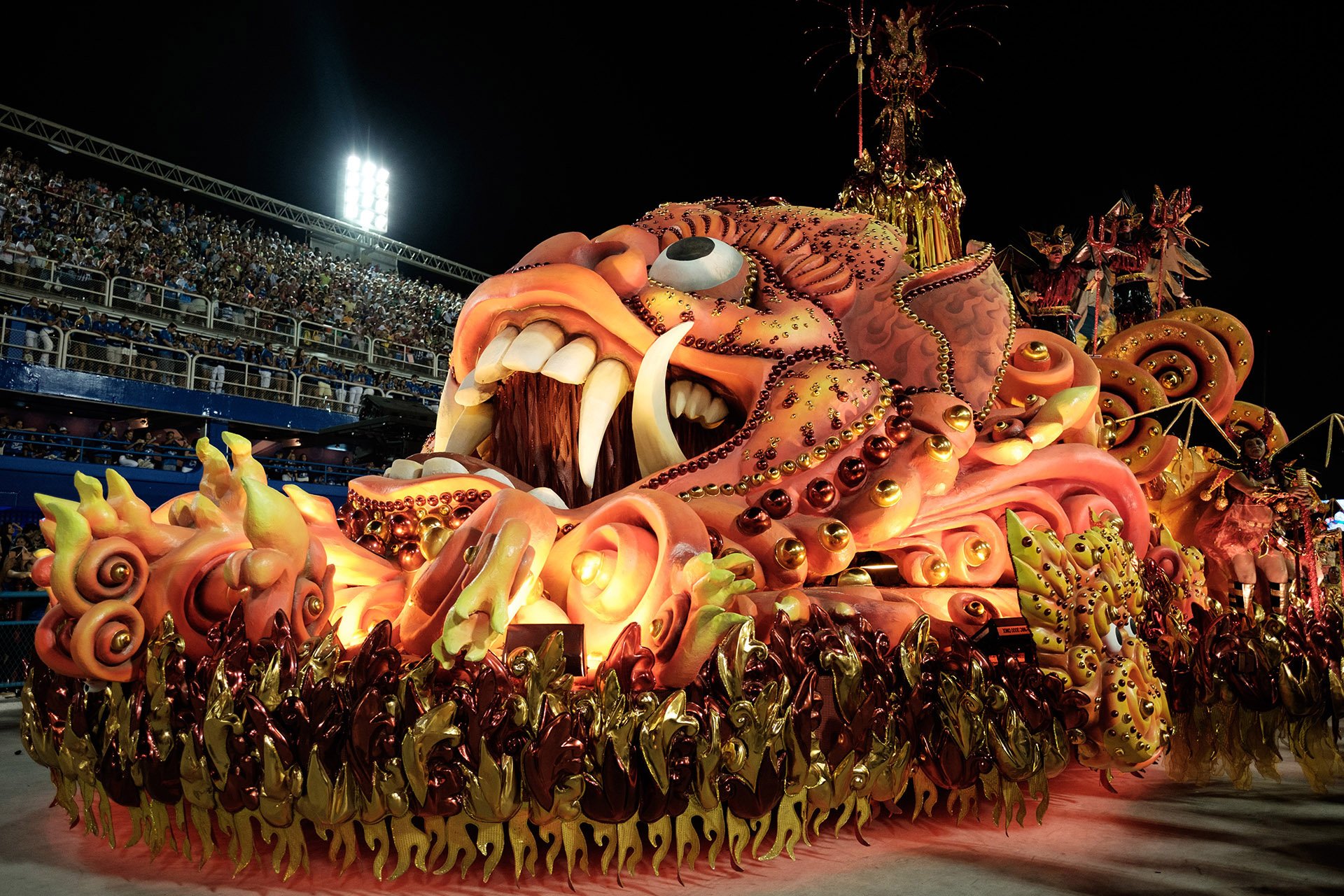Carnival
in Rio de Janeiro
The Carnival in Rio de Janeiro is a
festival held every year before Lent and considered the biggest carnival in the
world with 2 million people per day on the streets, is celebrated in Rio de
Janeiro Brazil. The first festivals of Rio date back to 1723. The typical Rio
carnival parade is filled with revelers, floats, and adornments from numerous
samba schools which are located in Rio. A samba school is composed of a collaboration
of local neighbors that want to attend carnival together, with some kind of regional,
geographical common background, it stems from Catholic roots as a celebration
before the 40 days of lent.













